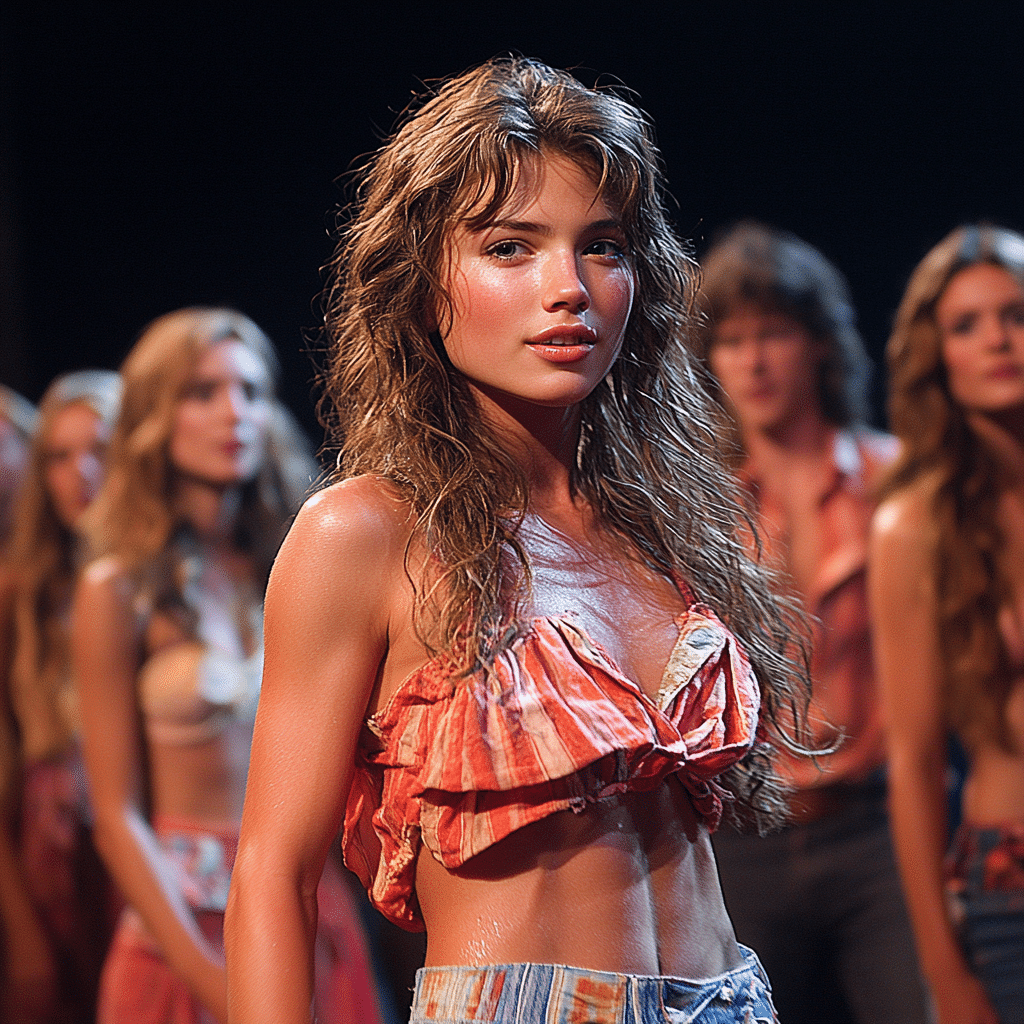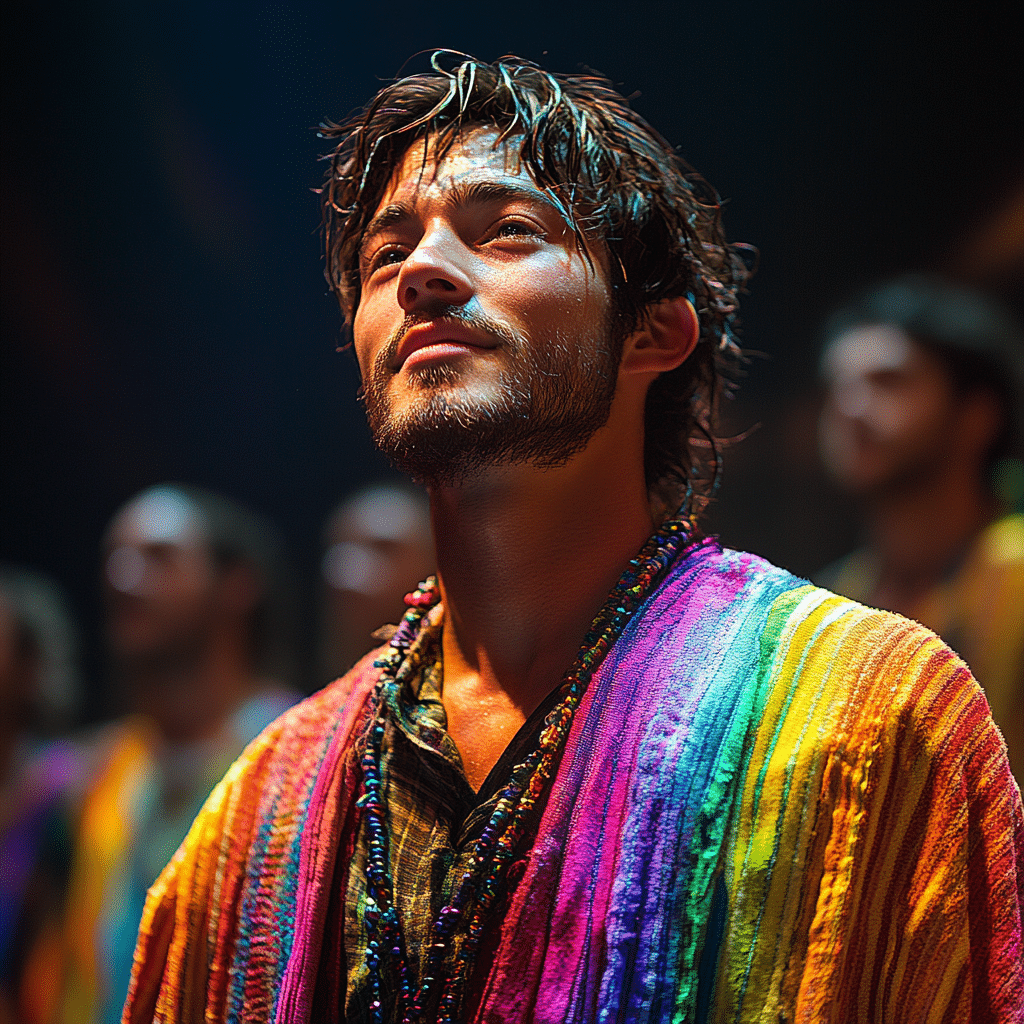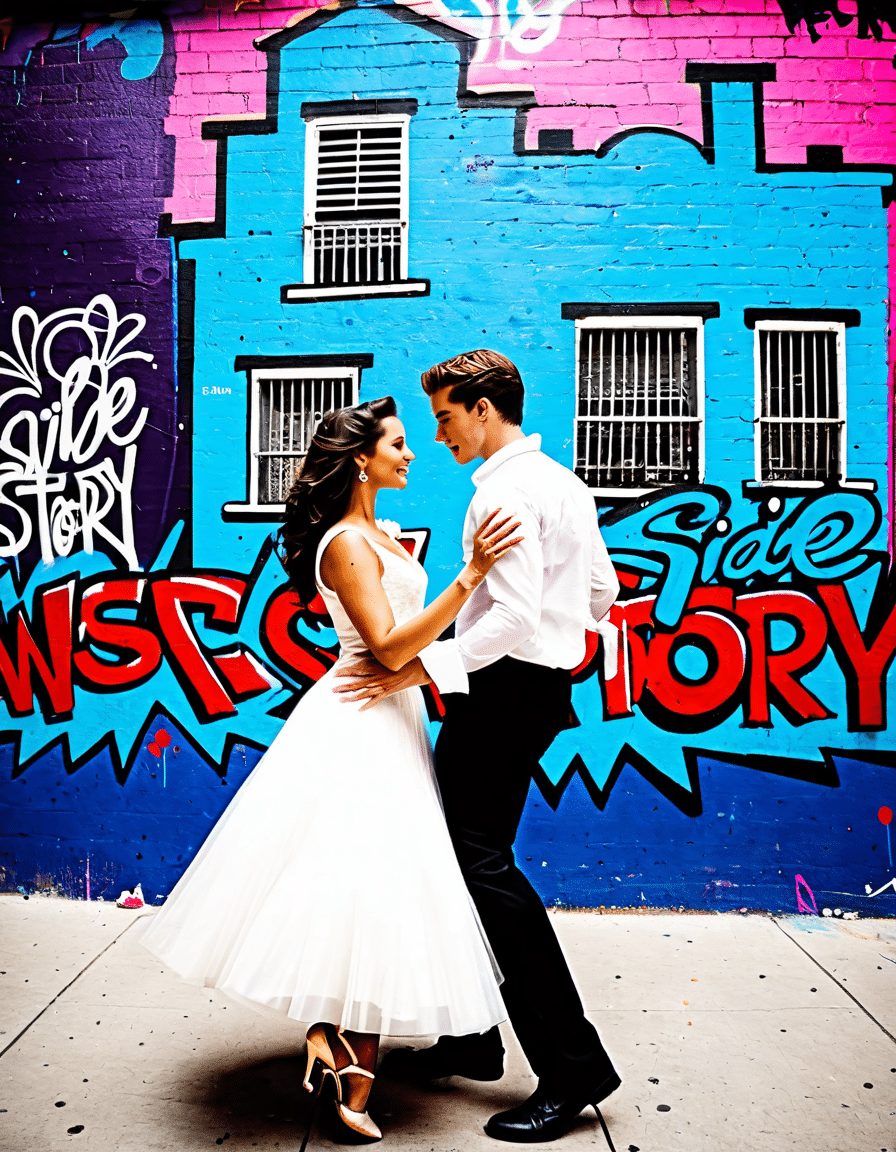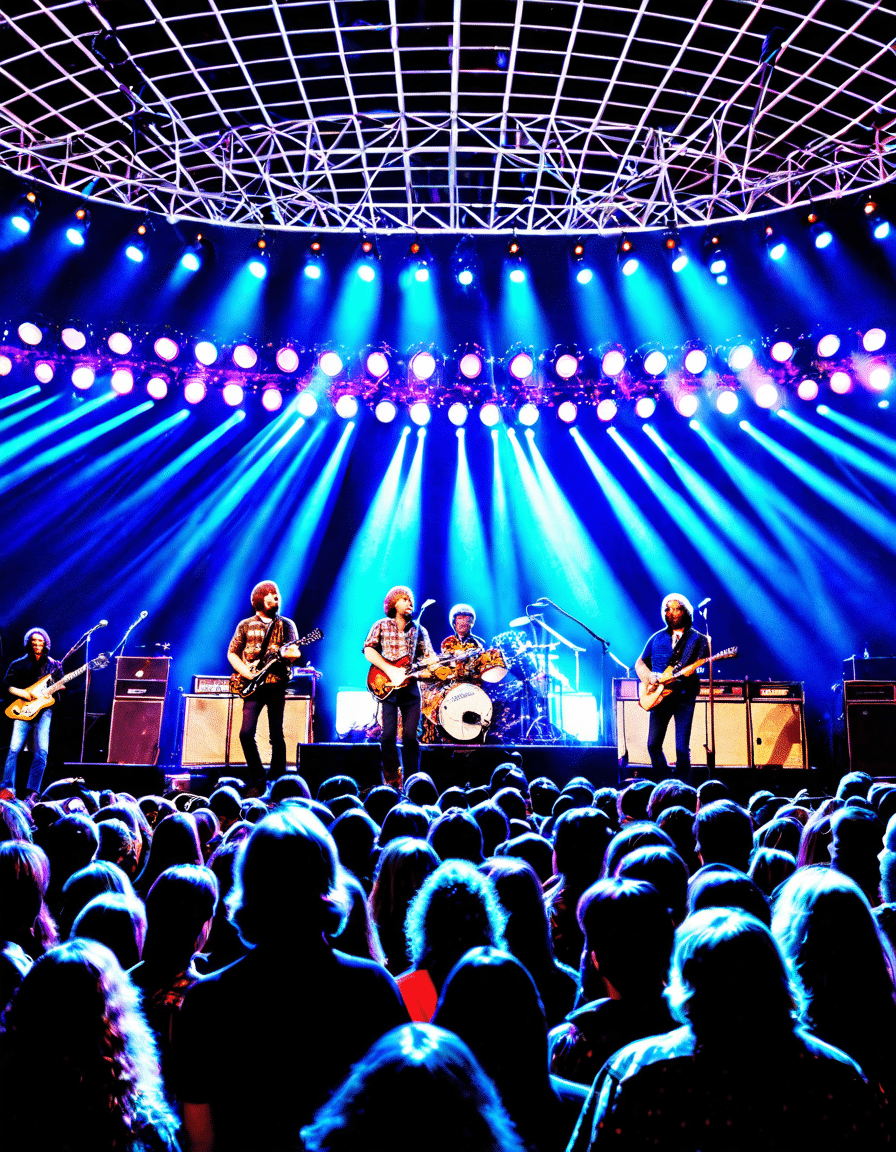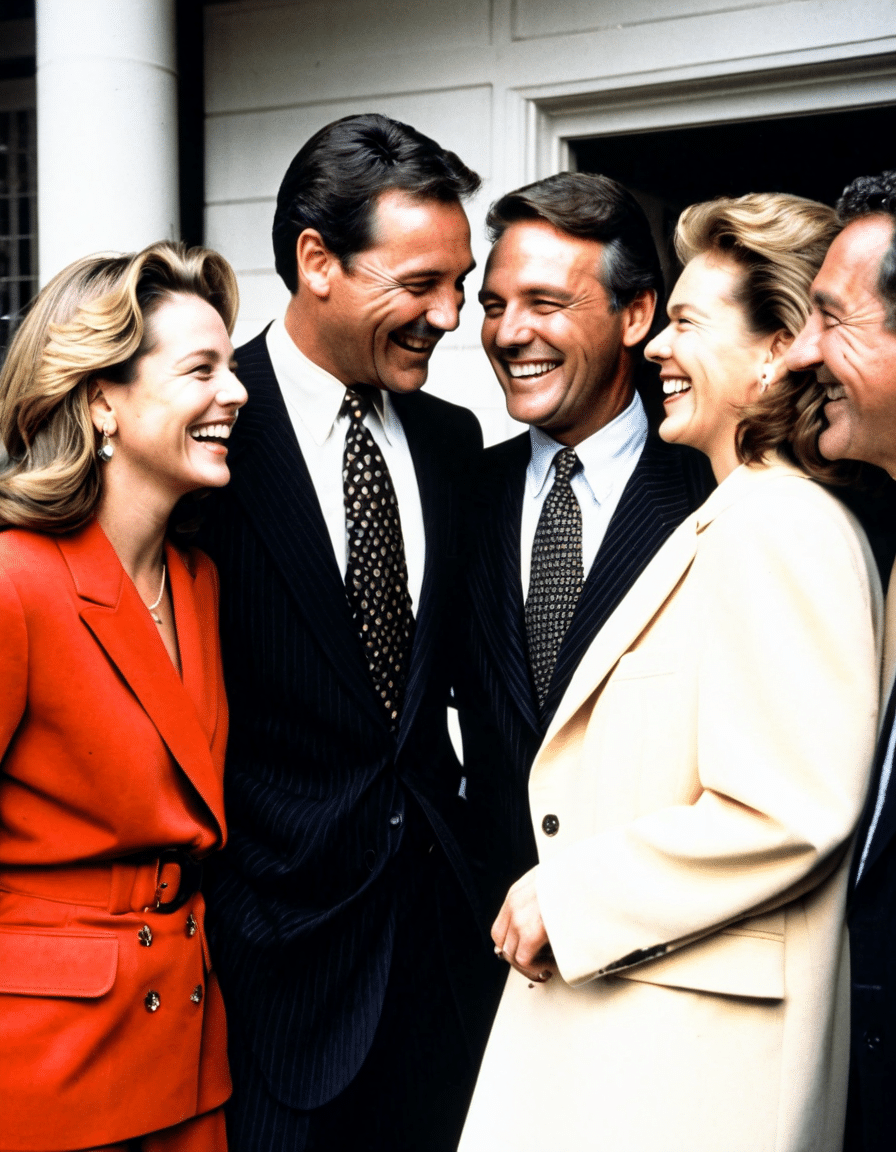“West Side Story” has been a beloved classic since it first graced the stage in 1957 and made its way to the silver screen in 1961. More than just a musical, it dives into the depths of human emotions, showcasing a poignant love story set against a backdrop of fierce rivalry. As we dissect its significance, it’s evident that it resonates powerfully in today’s world, much like its cousin tales such as “Les Misérables” and “Goodfellas.” In this piece, we’ll explore seven ways “West Side Story” shapes our understanding of love and enmity in modern culture.
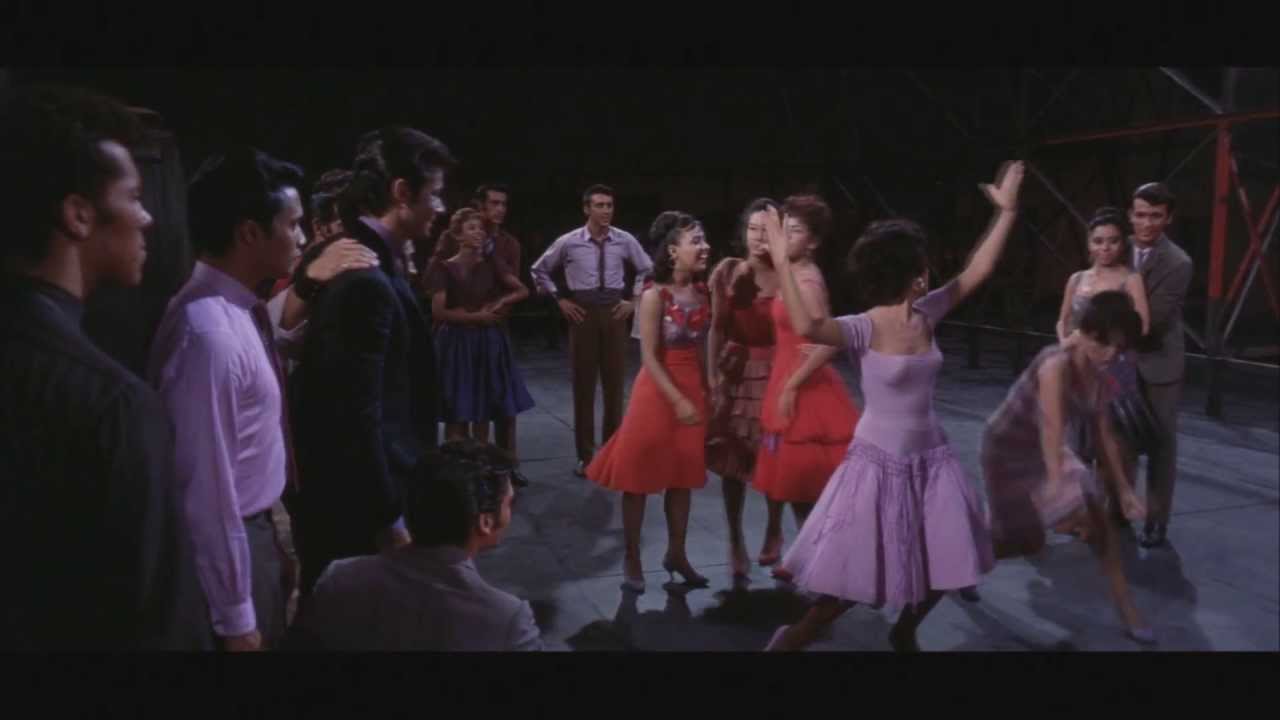
7 Ways West Side Story Redefines Love and Rivalry in Modern Culture

1. The Power of Dance as Expression
In “West Side Story,” dance transcends spoken word, serving as an emotional conduit that articulates what characters can’t say outright. Just picture this: instead of grim discussions about loyalty and betrayal like in “Goodfellas,” the characters express their turmoil through the graceful yet powerful movements of ballet and jazz. Jerome Robbins’ choreography is nothing short of electrifying; remember the decked-out “Dance at the Gym” scene? It’s a brilliant mix of tension and attraction that embodies the very essence of rivaling gangs—the Jets and the Sharks.
Dance becomes a universal language, allowing characters to convey passion, conflict, and love without uttering a single word. This powerful form of expression speaks to audiences across generations. It reminds us that sometimes, emotions run too deep for words, and there’s no better way to showcase that than through the art of movement.
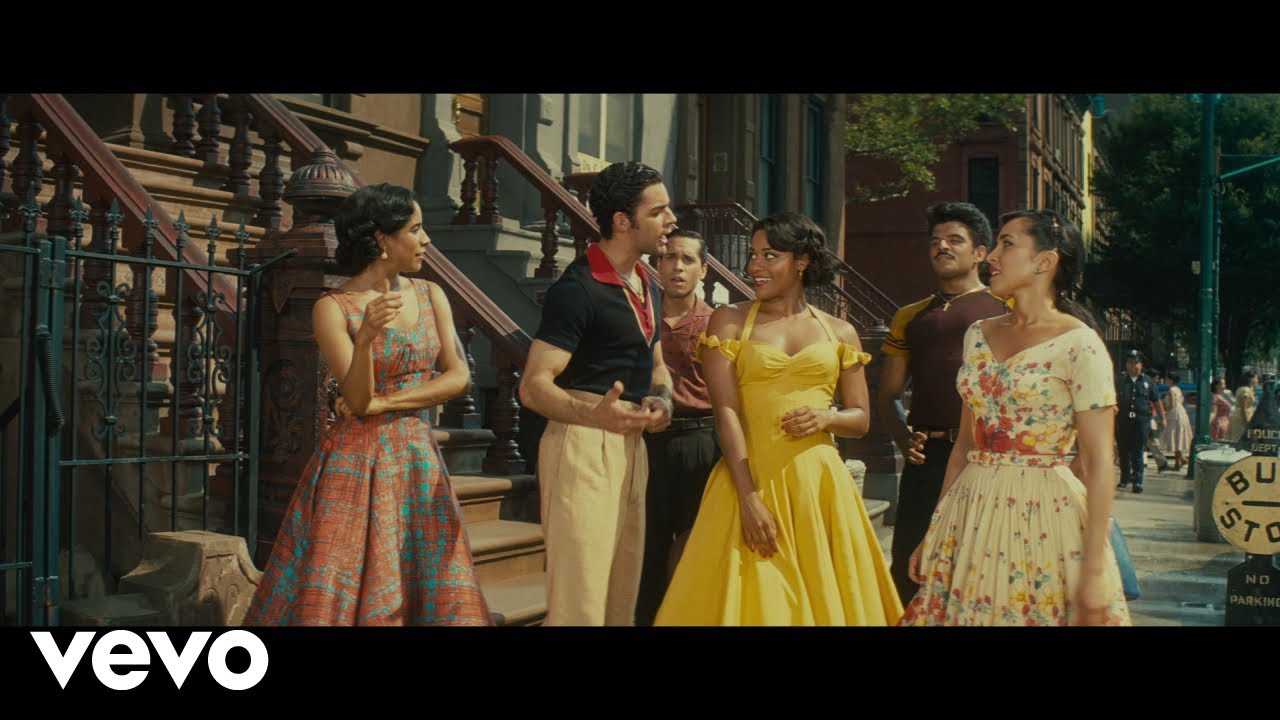
2. A Mirror of Societal Struggles
Much like “Les Misérables,” “West Side Story” resonates with struggles that are all too familiar in today’s society. It boldly reflects the realities of racial tensions and the longing for belonging, which continues to loom large in our cultural discourse. The clashing ideals between the Jets and the Sharks highlight ongoing debates around identity, community, and how deeply entrenched differences can wreak havoc in our lives.
But it doesn’t stop with just showcasing conflict. The musical also invites audiences—especially young ones—to contemplate these issues in a historical context. With the depth of its narrative, “West Side Story” continues to ignite discussions about acceptance in multicultural societies, making it relevant for people even decades after its debut.
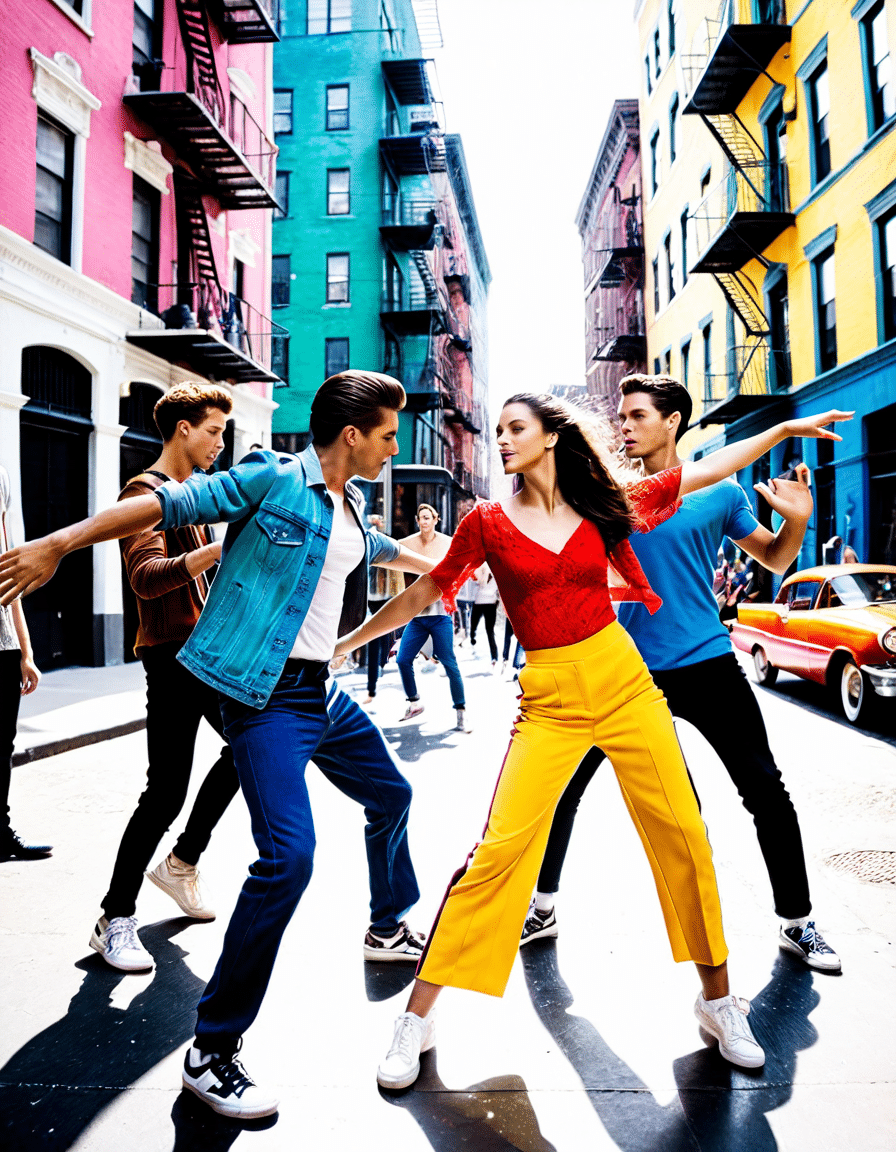
3. The Depth of Characterization
Unlike the straightforward villains seen in “Goodfellas,” “West Side Story” paints a richer tapestry of character lives and motivations. Think about Tony and Maria: they’re not just star-crossed lovers; they represent two worlds yearning for connection. Then there’s Anita, who faces her own struggles and dreams. These characters aren’t mere caricatures of their circumstances; they’re intricately layered beings grappling with love, loyalty, and their backgrounds.
This richness leads to more gripping drama, particularly in how their ballet-like confrontations unravel. Through every act of rivalry and romantic encounter, we see how complicated life can be, making the stakes feel profoundly real. The emotional weight that each character carries ensures we remain invested in their journeys, making their clashes and love affairs even more impactful.
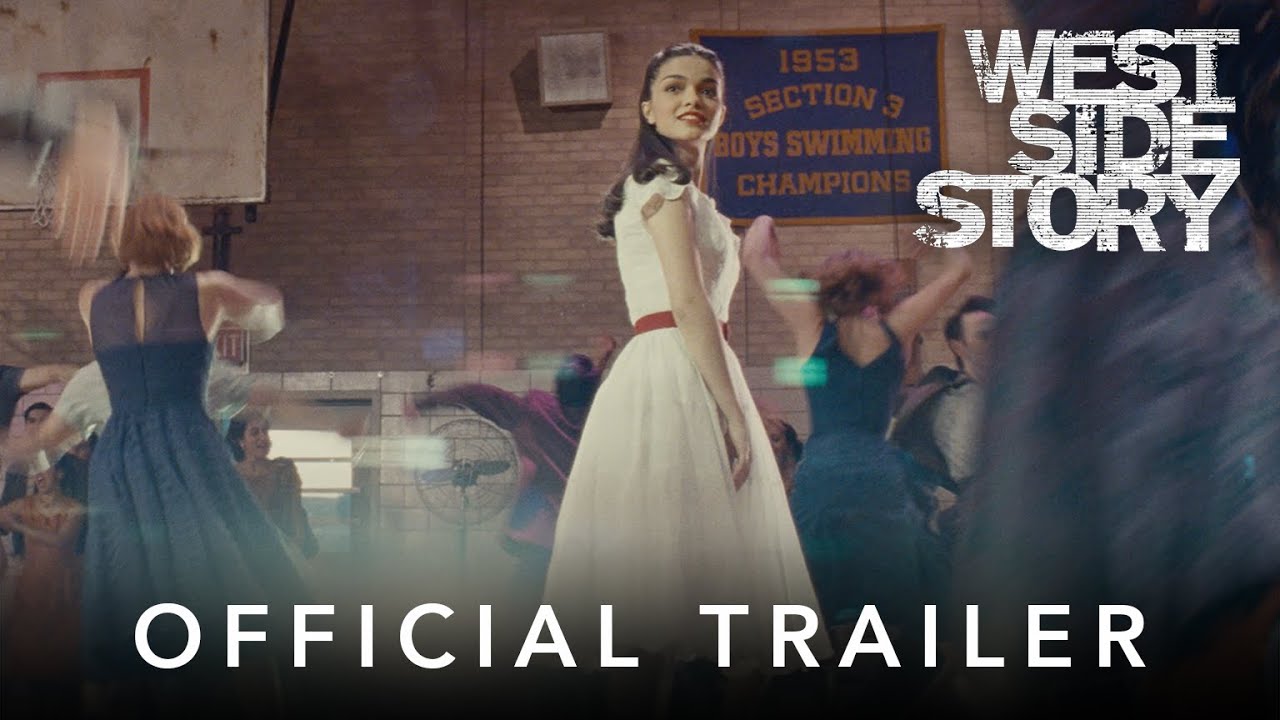
4. Timeless Music that Transcends Generations
When we talk about “West Side Story,” we can’t ignore its breathtaking music composed by Leonard Bernstein and the brilliant lyrics of Stephen Sondheim. These aren’t just catchy numbers; they seamlessly weave into the fabric of the story, unlike the pop songs carried by the “Goodfellas” cast. Take “Something’s Coming,” for instance; it resonates with a sense of hope and yearning that lives on in today’s youth searching for their dreams.
The themes in these songs can easily strike a chord across generations. Whether it’s a cover by a rising artist or a reinterpretation in a different genre, the music keeps the essence of “West Side Story” alive. Each rendition breathes new life into the narrative, proving that great art will find a way to connect.
5. Visual Aesthetics that Set Standards
The visual flair of “West Side Story” not only dazzles the eye but also establishes a benchmark for future productions. The vibrant colors, dramatic urban landscapes, and striking choreography all come together to create a visual feast reminiscent of the gritty atmosphere seen in “Goodfellas.” This approach to production design has made a lasting impact on filmmakers, from Baz Luhrmann to others who continue to draw inspiration from its energetic aesthetic.
Every scene bursts with color and movement, placing the audience right in the middle of the action. The artful depiction of New York City captures its vibrant essence and sets a tone that has become an archetype for storytelling, blending musical bliss with raw emotion and conflict.
6. The Role of Cultural Differences
“West Side Story” doesn’t shy away from cultural confrontations. It lays bare the beauty and conflict that arises from racial divides, an incredibly relevant discussion today. Just like in “Les Misérables,” the musical demonstrates how cultural backgrounds can dictate relationships, foster misunderstanding, and spark unity.
This examination of cultural differences fuels conversations about acceptance. By bringing audiences face-to-face with biases and prejudices, “West Side Story” encourages introspection and dialogue in today’s diverse societies. The narrative urges us to examine not just its historical context but also its implications in the present and future.
7. Enduring Resilience of the Narrative
“West Side Story” refuses to fade into obscurity; instead, it continues to thrive and reinvent itself. The recent 2021 film adaptation by Steven Spielberg serves as a testament to how the story maintains its relevance. It speaks to new audiences while preserving the core themes of love and strife amidst societal discord.
This resilience in storytelling underscores the musical’s lasting cultural importance. Its continued reinterpretation shows there’s still much to explore within its framework. It reminds us that while the stage may change, the heart of “West Side Story” beats on, vibrant and unyielding.
As we swirl through the profound impact of “West Side Story,” it’s plain to see that love, rivalry, and societal struggles continue to echo in our artistic landscapes. Its themes, nurtured through enduring characters, captivating music, and stunning visuals, ensure that it remains relevant even in 2026. Enjoying a renaissance of sorts, “West Side Story” doesn’t just recount its characters’ tribulations—it enriches our understanding of life itself, leaving an indelible mark worthy of inclusion in the pantheon of iconic works, alongside “Les Misérables” and “Goodfellas.” Now, if only we could combine the dance talent of Jay And Silent bob with the heart of Mama Mia—that’s a crossover we’d all love to see!
West Side Story: Captivates With Timeless Romance And Dance
Surprising Facts About West Side Story
Did you know that West Side Story was the first Broadway musical to be translated into a successful film? That’s right! Originally hitting the stage in 1957, its groundbreaking combination of dance and narrative won over audiences, paving the way for other productions. Speaking of iconic visuals, West Side Story has inspired countless adaptations and tributes throughout pop culture, including recent fashion trends and art styles that resonate with younger generations, much like how the latest technology like the Macbook pro 2024 models keep evolving to meet modern needs.
Another interesting tidbit? The choreography of West Side Story was nothing short of revolutionary. Jerome Robbins, its mastermind choreographer, used dance to tell the story of two rival gangs— the Jets and the Sharks— making the dance numbers an integral part of the plot. This creativity often reminds us of how even music bands like Depeche Mode convey deep emotions through their lyrics and rhythms. Not to mention, the film’s score, crafted by Leonard Bernstein and Stephen Sondheim, remains a timeless classic that’s still celebrated today!
Impact Beyond its Time
While West Side Story dazzled audiences with its vibrant dances, it also dealt with serious themes like love, prejudice, and the struggle for identity. This emotional depth resonates with many, especially those who celebrate or reflect on personal loss, echoing sentiments found in the daughter grieving loss Of father Quotes. Dance sequences such as “America” and “Tonight” are not just show-stoppers; they’re a commentary on societal issues that are still relevant today.
And let’s talk numbers for a moment! The movie’s runtime is around 152 minutes, which translates to roughly 9,120 seconds— a tidbit that sparks curiosity about creative elements in shorter formats, including How many Seconds in a month might just inspire shorter, bold productions. West Side Story has been an artistic influence far beyond its initial release, shaping everything from theater to film and beyond, much like how political figures like Chasten Buttigieg influence modern conversations about identity and belonging. So, whether you’re a newcomer or a longtime fan, there’s always a new layer to uncover in this timeless classic.
In closing, West Side Story is a masterpiece that combines captivating dance with a love story that still strikes a chord with audiences today. As its legacy continues to inspire, we’re left with a rich tapestry of creativity that encourages us all to dance through life’s challenges. And while reminiscing about this classic, don’t forget to look out for the influences it has left on various contemporary spheres, from the tranquil vibes of Stoke Gifford to the thought-provoking narratives found in adaptations like Romulus (Romulus).(

